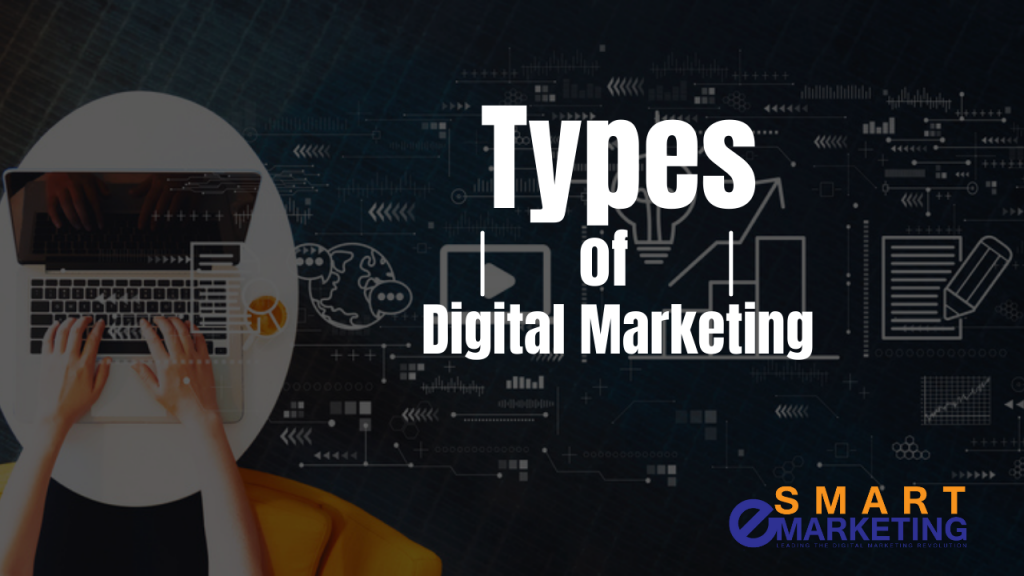
Digital marketing is on the increase, and in 2019 it surpassed traditional marketing spending for the first time. This is due to the fact that consumers are increasingly using internet channels. Marketers are better prepared with the marketing techniques needed to reach consumers on digital devices at the right time thanks to technological breakthroughs like AI and machine learning. Traditional marketing approaches, on the other hand, need extensive planning and placement. Take into account the following:
1. The world’s population is 7.7 billion people, with 4.4 billion of them using the internet.
2. Nearly a third of consumers would rather interact with brands through social media than visit a store.
Organizations must be present across digital channels and devices in order to be competitive. This isn’t to say that offline channels should be completely neglected. An omnichannel presence – which mixes analog and digital features, that is the best method to meet consumer demands.
There are so many common platforms for digital marketing such as content marketing, search engine optimization (SEO), affiliate marketing, and mobile marketing, so let’s take a deeper look at each,
1. Content marketing
Content marketing enables marketing teams to be proactive in responding to their users’ inquiries. Throughout the three stages of the buyer’s journey, marketing teams create content, videos, and other assets to answer questions or provide context to consumers:
- The awareness stage: Buyer realizes they have a need
- The consideration stage: Buyer determines a course of action to meet this need
- The decision stage: Buyer decides on a product / service to purchase to meet the need
For example, a customer may realize they require new gym shoes. A marketing team for an activewear business might write a piece about what features you need in a running shoe versus what you need if you focus on strength training. Based on this information, the buyer determines that they require a pair of running shoes that meet the criteria. Another piece of content could show the most popular running shoes as well as their prices. They make a decision after being educated on these factors. Your brand’s guidance throughout will most likely result in them purchasing from you. Content marketing is often less expensive than other forms of marketing while producing nearly 3 times as many leads.
2. Search Engine Optimization (SEO)
Search engine optimization and content marketing are frequently used in tandem. When the customer in the preceding example is researching which gym shoes to purchase, they will most likely click on one of the first three results that appear on Google. With this in mind, the athletic shoes marketing team wants to ensure that their article appears near the top of the search results. This is accomplished by optimizing content for user experience and ensuring that the technical elements necessary for search engine crawlers to easily find and index this content are in place.
3. Affiliate marketing
Affiliate is similar to referral programs in that it involves collaborating with third-party individuals or businesses to promote your product in exchange for a commission on each sale that can be attributed to their efforts. This is a way to cut costs and outsource some of the heavy liftings of promotion; however, you’re putting your brand’s reputation in the hands of someone else, so this type of marketing often necessitates more extensive monitoring and tracking.
An example of affiliate marketing would be a podcast or radio show ad that offers a discount code for listeners to use when purchasing a product. The customer may receive 30% off their purchase, for example, and in exchange, the show receives a small percentage of each purchase made with the code. Many of the digital marketing strategies mentioned above can be included in mobile marketing initiatives, which typically use a combination of text messages, social media, email, push notifications, and mobile applications. The importance of mobile marketing is growing, as it is expected that the number of mobile shoppers will reach 187.5 million by 2024.
4. Mobile marketing
An example of affiliate marketing would be a podcast or radio show ad that offers a discount code for listeners to use when purchasing a product. The customer may receive 30% off their purchase, for example, and in exchange, the show receives a small percentage of each purchase made with the code. Many of the digital marketing strategies mentioned above can be included in mobile marketing initiatives, which typically use a combination of text messages, social media, email, push notifications, and mobile applications. The importance of mobile marketing is growing, as it is expected that the number of mobile shoppers will reach 187.5 million by 2024.
Your company can create a more cohesive, customer-centric customer journey that meets your target audience where they are by implementing digital marketing initiatives. It also allows for ongoing engagement even after a purchase, which can help marketing teams foster brand loyalty and improve customer retention more effectively.
Author -Hiruni Kalinga


I like the valuable info you supply on your articles.
I will bookmark your weblog and take a look at once more here frequently.
I’m reasonably certain I’ll be told many new stuff proper right here!
Best of luck for the next!
This blog was… how do you say it? Relevant!! Finally I’ve found
something which helped me. Thanks!